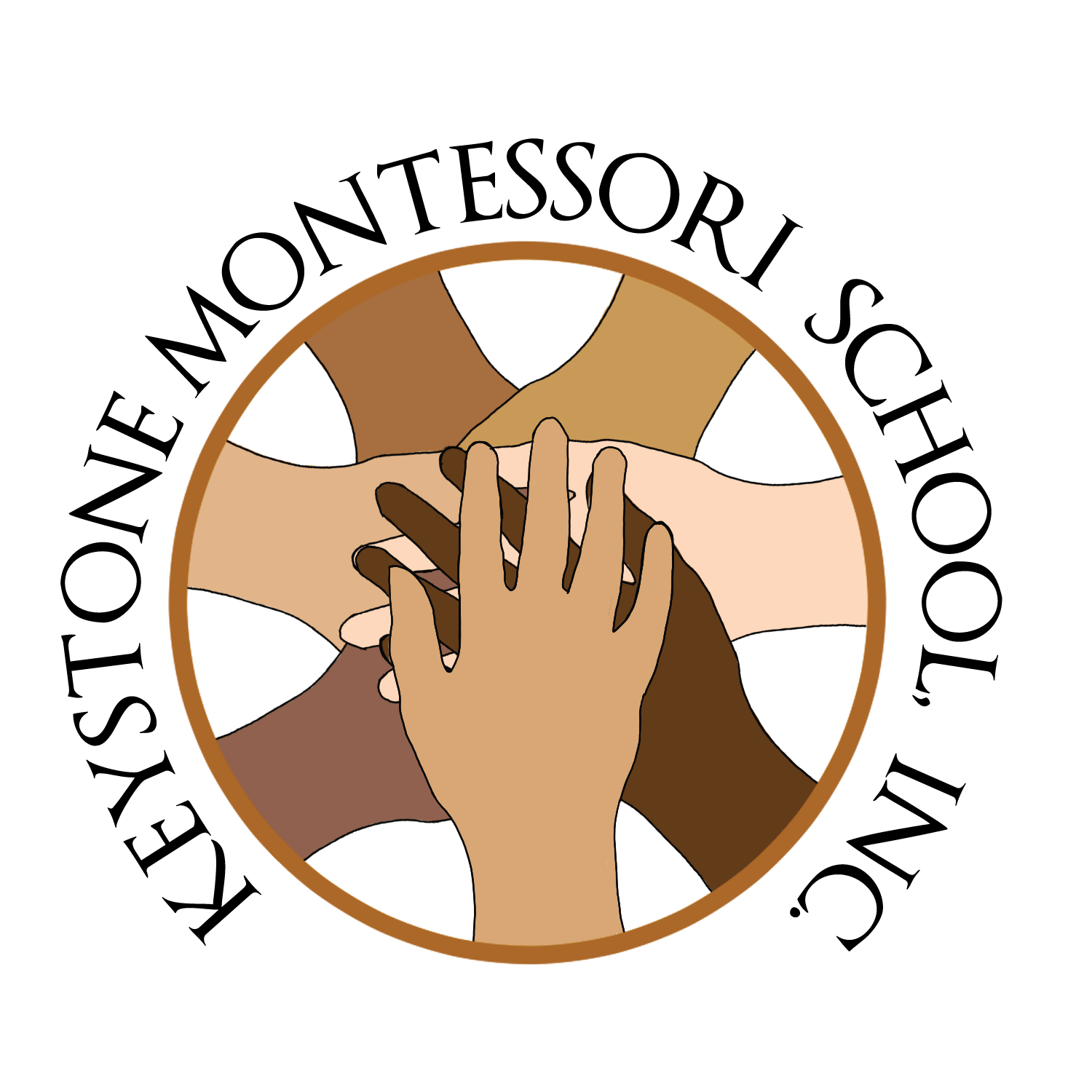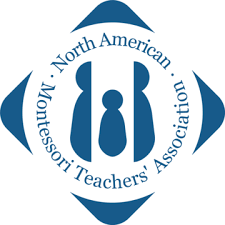
Children’s House
Preschool & Kindergarten (2.9-6 years)
8:45 am - 3:45 pm
Full-time (5 days a week)
Children’s House students learn in unique ways that makes this the perfect age to embark on their Montessori education. Your child wants to be an active participant in their learning process. It’s at this stage that they have become aware of others, and they possess the innate desire to mimic the behaviors of people around them. Because of this, they are primed to focus on the lessons presented to them while doing their best to copy them with great pleasure. It is not the adult who shapes the child; it is the child who, through their experiences, creates an adult human being.
Children at this age share the same social and emotional stages which allow them to work and interact harmoniously. They become motivated by their peers in positive ways. The younger students see what the ‘big kids’ are doing and become excited by the prospect of progressing to more challenging lessons. Likewise, the older students are excited to ‘teach’ the younger students the lessons that they themselves have mastered. This process fosters kindness, acceptance of differences, and boosts the confidence of all involved.
The Children’s House curriculum integrates math and language, along with important sensory and practical life activities. All of these lessons are not only designed to teach, but to build concentration and independence. Geography, science, and cultural studies are designed to show the students how we are all members of the human family. All students have music, art, and Spanish language studies as well. In the Children’s House classroom, every child is able to progress at their own pace, building mastery and forming the foundation for success.
Practical Life
The Practical Life curriculum provides children an opportunity to develop new skills that will enable them to live full and productive lives in an environment that is safe and free of embarrassment. The development of concentration, coordination, independence, and order happens through all the purposefully planned lessons. Children enjoy tweezing, scooping, pouring, twisting, and lacing along with other fine and gross motor lessons. They have the opportunity to learn to care for themselves and the environment with lessons such as zipping, tying and buttoning along with plant watering, dusting, sweeping and tending to the classroom pets. The Practical Life curriculum encourages success and self confidence.
Sensorial
A child interacts with their physical world through their sight, touch, hearing, smell, taste, movement, and relative positioning, and the Sensorial curriculum provides the opportunity to refine these senses. These lessons are specifically designed to improve their attention, focus their awareness and to learn how to observe and consider what comes to them. Hands-on activities present geometric shapes which prepare the young mind for math, while incorporating exposure to colors, tastes, textures, and sizes.
Language
The language curriculum utilizes Dr. Montessori’s materials to teach letter sounds, encoding and decoding. Children learn to read and write at their own pace and readiness, beginning with letter sounds, and progress to combine a few sounds to create words. Small, engaging objects inspire children to work with the movable alphabet to build words and sentences. At the same time, the child is developing the fine motor skills to write. They may initially write on a chalk board, or easy-erase board before deciding to record their work on paper. For this reason, children can work extensively in language before writing anything down on paper. Older children will write stories, journal and initiate research into topics that interest them. They will also begin to investigate grammar.
Math
The math curriculum uses concrete materials to introduce mathematical concepts; beginning with symbol and quantity recognition for numbers one through ten. After mastering basic concepts, students progress into teens, hundreds, and thousands. They learn basic operations such addition and subtraction, and some are even introduced to multiplication and division during the later part of the three year cycle. Children’s House students are exposed to graphing, estimation, time, counting money and calendar work.
Geography
In the geography curriculum, all children are first given a lesson on the hemispheres to show how maps came to be. From that, even the youngest students use specially designed maps and begin to learn the names of the world’s continents and countries. Older students use those maps to study specific continents while building and labeling their own maps. The concept of land formation is introduced so children become aware of the world’s rivers, lakes, bays, capes, straights, isthmuses, islands, archipelagos, gulfs and peninsulas.
Science
In the science curriculum, students are given lessons on, and research, the concept of the layers of the earth. Lessons on the 5 classifications of vertebrates are part of the zoology study, along with exposure to botany, and other themed science experiments. Studies of the human body, volcanoes, and magnetism form part of the science curriculum as well.
Spanish
All Children’s House students have a weekly Spanish lesson. Our Spanish teacher provides every child basic vocabulary about family, school, common objects, colors, animals, seasons, and holidays. Lessons are taught through games, songs and student participation.
Cultural Studies
The cultural studies curriculum integrates geography, language, and science to bring an awareness of the variety of life on our planet, and the many ways that humans have invented to fill the needs for food, clothing, and shelter.
Art
Art is one of the many ways children express themselves. Art is a way for children to communicate their feelings. It is through art that children develop their fine motor skills. In the Montessori environment, we provide open-ended art activities that help children explore and use their creativity.
Music
The music curriculum gives children weekly experience with dance, rhythm, beat, pitch, and exposure to many different musical instruments. The music program often relates to the seasonal studies, and/or cultural studies in the classroom.
Our Programs
Keystone Montessori School
Keystone Montessori School



